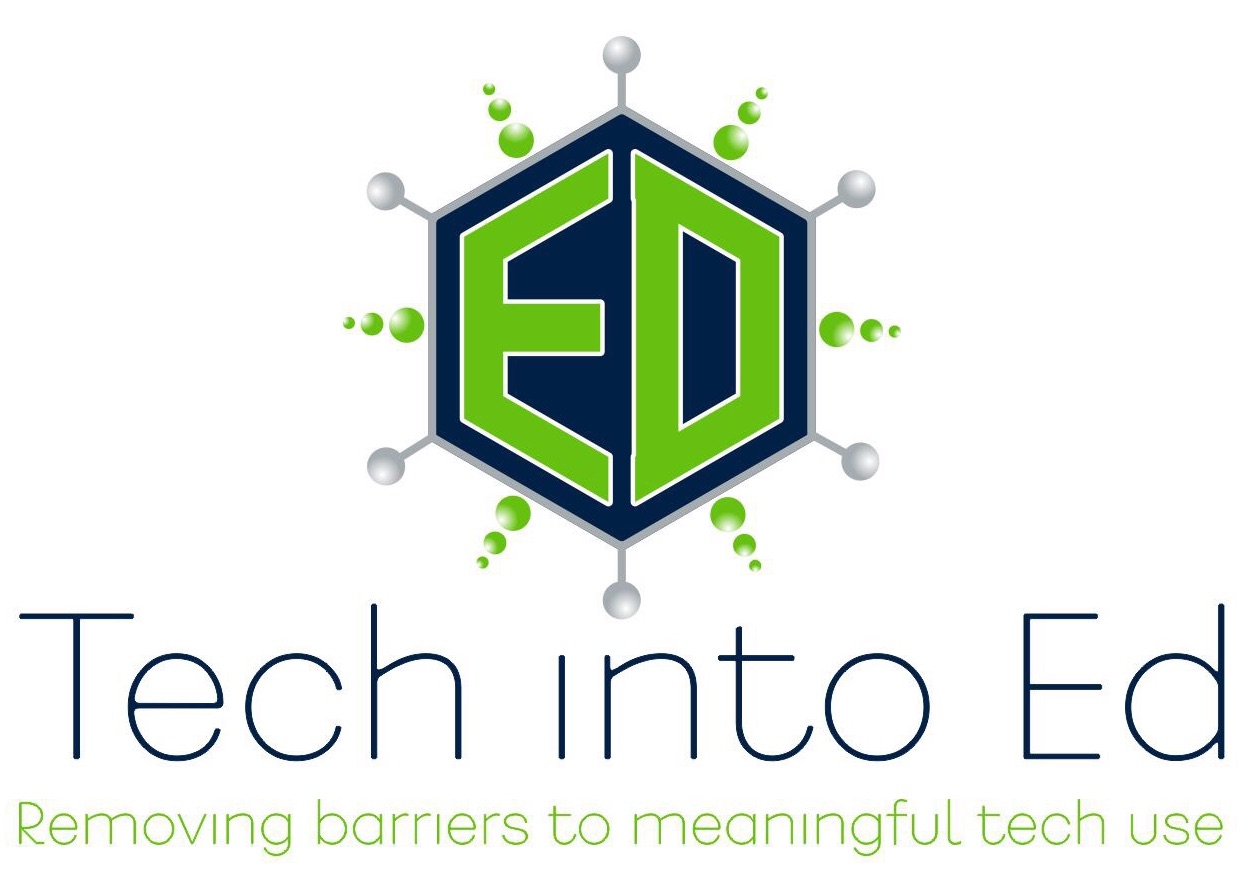
Removing barriers to MEANINGFUL technology use!
Need an Assistant for Grading? Try Flubaroo!
I know that many teachers have uncovered the power of Google Docs and are using the tools in your classroom (or intend to in fall). However, the one certainty about Google tools is that there is always something new to learn.
Now before you freak out and say I'm getting too geeky for you, let me entice you just a bit. If you are interested in assessing your students' knowledge using an online/electronic format (that DOES work on iPads), Google has a tool for that. If you wish to take it one step further and get almost immediate feedback on that assessment (so you can actually plan next steps for your classroom using real time data), there is an easy to use tool for that. It's kind of like having the perfect Teaching Assistant there and available to grade student quizzes for you, and provide a detailed breakdown for each student that will help you to determine what the students truly know.
The first part really is quite easy. It's called Google Forms. This is a powerful tool that has gotten even more powerful in the past few months with a recent update. Google Forms allows you to collect information, to survey people, to assess student knowledge in an easy to build, easy to distribute electronic form. Many teachers have found this tool and swear by it. You may wish to learn to use it for simple tasks, like collecting student information in the first few days of school, collecting parent information so you can have an email list that is actually up-to-date, etc. With just a few simple uses, you'll see the power and find more educationally relevant uses for Google Forms. We have a resource on our Instructional Technology Resources site that will help you to get started with Google Forms: https://sites.google.com/a/waukesha.k12.wi.us/google-apps-in-education/forms
However, the second part, the part that is REALLY enticing, is having something that actually grades your assessments for you in almost no time at all. That is where some of you may get freaked out initially. It really isn't difficult, and you don't need a scripting degree to understand how to use it. However, the terminology does sound scary. I promise -- it really isn't.
As you may already know, the responses that are collected in a Google Form are placed into a spreadsheet. That's how they stay organized and can easily be sorted. However, within Google Spreadsheets is the power to run powerful formulas and scripts. Left to our own devices, most of us would never be able to do this -- we don't have the knowledge. However, some really nice, really teacher-friendly people with scripting knowledge have come to our rescue. They've pre-made scripts that we can simply click on and use without having to understand the coding behind them.
That's where Flubaroo comes in. It is a grading script that teachers can use to quickly assess student mastery of concepts gathered through the use of Google Forms.
I'll start with a video to help you see the general concept behind Flubaroo.

So, you are excited now, but thinking, "There is NO WAY I could that." Guess again. I told you, this is super easy. Flubaroo provides a great series of instructions to help you get started. After doing it a few times, you likely won't need the instructions any more.
To get to the step-by-step instructions, just follow this link: http://www.flubaroo.com/flubaroo-user-guide.
In a few short steps, you'll have your own TA just waiting to help you streamline the process of assessing student learning. Then you can get back to the business of planning meaningful instruction based upon the data you have in front of you.
Remember, you don't need to have students to learn to use this tool. Now would be a great time to quiz your family and friends. Send them a Google Form to find out what they know about you, and then use the Flubaroo script to grade their responses. It may help you to quickly determine who you really want to spend time with this summer!
The New Look to Google Forms
Kind of like the weather in Wisconsin (it was 47 degrees and raining only 12 hours ago), Google can change its look and direction in a hurry! It is something you just learn to live with as you increasingly depend upon the great tools they offer us in education.
 For those who have delved into the world of Google Forms for data collection and formative assessment, be aware that in the next week or two, Google will likely release to us an updated version and look of Google Forms. The updated look has already been released to individuals with a personal Gmail account, but it has not yet landed in our Google Apps for Education (GAFE) domain.
For those who have delved into the world of Google Forms for data collection and formative assessment, be aware that in the next week or two, Google will likely release to us an updated version and look of Google Forms. The updated look has already been released to individuals with a personal Gmail account, but it has not yet landed in our Google Apps for Education (GAFE) domain.
Added Functionality
Aside from an improved user interface, which is elegant and functional at the same time, there are some value-added benefits to the update. These quotes about features are taken directly from the Official Google Enterprise Blog.
- "Now with collaboration
Create a form faster than ever. Just as with Docs, Sheets and Slides, you can now collaborate with others in real-time. If you need to work with two colleagues on a survey, all three of you can work on the same form simultaneously and even have a group chat on the side, without leaving the form. - "Better editing
Even if you’re working solo, some new changes will make creating and editing forms easier. All your changes are auto-saved and you can quickly undo/redo edits. Improved copy-and-paste will let you copy a list of bullets from the web or multiple rows of text from a spreadsheet; then, when you paste into a form, each line will be appear as an individual answer. And you can use keyboard shortcuts to get things done more quickly.

A Guide to the New Look and Functions
Molly Schroeder, a Technology Integrator from Edina Public Schools in Edina, MN, has put out a guide to the new look and features in Google Forms. Molly's experience and ability to make Google seem useful and simple to maneuver translates well in this guide.
You can access that resource here:
